It’s been awhile on this project, and it’s become clear it will happen as it happens. Probably, as in past years, in spurts. Today, we’re on to Equatorial Guinea, a western African country of 1.5 million people that is notable as being the only Spanish speaking country in Africa, having formerly been a Spanish colony, Spanish Guinea. It only won its independence from Spain in 1968! While originally setup as a democracy, its first elected president declared himself president for life back in 1972. Only seven years later, in 1979, his nephew staged a coup, and declared himself president for life, which he remains to today.
In our usual “Fun with Flags” tangent, we have the horizontal tri-color, with green representing nature and natural resources, white for peace, red for the bloodshed in achieving independence, and then a blue triangle to the left, symbolizing the sea to the west. The silvery shield depicts a ceiba, or silk-cotton tree, symbolic of the tree under which the independence and peace treaty with Spain was signed. The banner reads Unity, Peace, Justice. And, the six stars represent the mainland and five islands off the coast that comprise the country.
The country is roughly the size of Massachusetts, or Hawaii, with the same population size as the latter. The dominant culture is the Fang tribe, comprising some 85% of the demographic. The vast majority are Christian.
Equatoguinean (yup, that’s the word) cuisine is dominated by starchy vegetables – plantains, sweet potato, breadfruit, cassava, yam, cocoyam, plus peanuts. And, snails are a mainstay in the protein world. Being coastal, fish is plentiful as well. For this round, I selected what seems to be the most common and popular soup nationally, Pepesoup, a spicy fish preparation. On the bread side, initially I was thinking about making the popular sardine filled empanadas, but really, they’re not any different from similar ones we’ve seen in past rounds in this project. I decided to go with Pissoj, a bread that’s particular to the Annobonese culture, one of the oldest cultures in the country, and most of whom, I gather, live on two of the coastal islands.
These are going to be two of the simplest preparations that I’ve made – I think I prepared the entire dinner in about 45 minutes. Sometimes, however, simple is best.
Manioc, mandioca, cassava, yucca – you’ve seen me use this root before, it’s common in Andean cooking, and I have a step-by-step writeup on how to prep it from a good 16 years ago. Now, there are a trio of versions of pissoj, there’s a plain one, a red one, and a coconut one. The plain one is literally nothing more than grated mandioca, with its juices pressed out, and packed together to form a sort of cake, which is then wrapped in big leaves and baked. Then there seem to be the smaller ones, like what I made, the red version have dende oil added, or rubbed on them, and the coconut version, which several writers swear is the best out there, is most traditionally a mix of grated mandioca and coconut. No fresh coconuts in the market right now, and a few recommended just using coconut milk as a binder.
I finely grated the mandioca, and added a little coconut milk to it (not the whole can, just a couple of spoonfuls). In the end it seemed a little wet, so I added a couple of tablespoons of coconut flour to it to help it bind, and, as a side benefit, add more coconut flavor.
Packed it into oblong cakes and popped them into a moderately hot oven.
And, about 25 minutes later, pulled these beautiful golden brown pissoj out to cool.
This is one of those “throw everything in the pot and go” sort of soups. We’ve got a lemon, a hot chili (not quite as hot as the traditional ones, which are more or less scotch bonnet or habanero type, but this one has some heat), tomatoes, onion, bell pepper, a sea bream, and a mix of bay leaf, basil, rosemary, hot paprika, black pepper… and…. So, traditionally, grains of paradise are used. I saw them once in Barrio Chino about 15 years ago, bought them, and at some point tossed them, never having used them. Can’t find them anymore. Online recommendations for substitution are equal parts of black pepper, cardamom, and ginger. So, a little extra black pepper, plus cardamom and ginger.
I’m following the recipes I found online, all of which basically shove everything in the pot together (okay, not the whole lemon, just the juice and zest). However, most of those use things like the head of the fish, and cross sections. But, interestingly, even the ones using filleted fish give the same instruction. I knew going in that the fish was going to overcook, but was trying to stay true to the letter of the recipes. I should have gone with the spirit, cooked all the veggies, and added the fish further along. So be it.
Topped it all off with fish stock, brought it to a simmer, and cooked it about 15-20 minutes until the vegetable were soft. The fish overcooked, and fell apart a bit. Easy correction to make.
Absolutely delicious. Spicy, fishy, tomato-y – I loved this soup and will make it again. The mix of herbs and spices is fantastic. And the coconut pissoj is surprisingly really good. I think I’d add a little salt to it to really punch up the flavor, but they’re really good on their own, and a great match with the pepesoup.
Assuming I continue alphabetically, next time we’ll stay in Africa, but off to the east coast, to Eritrea.
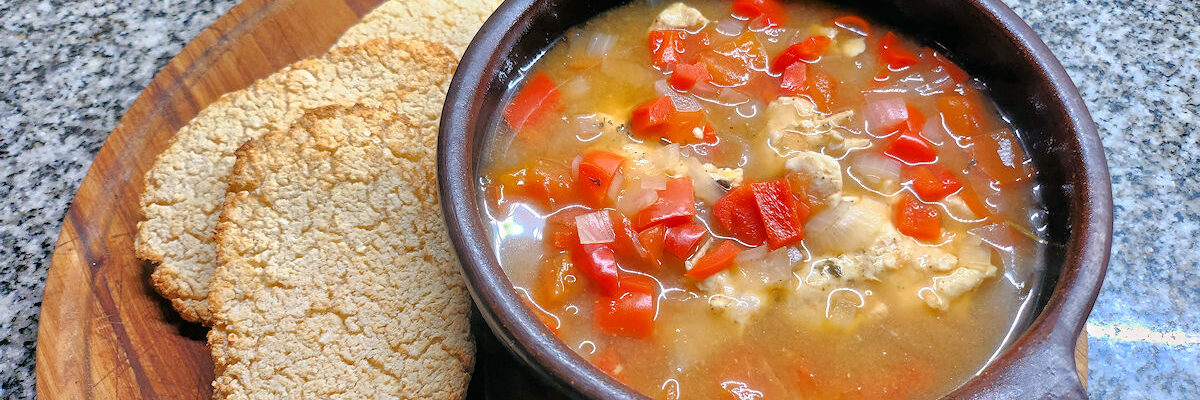
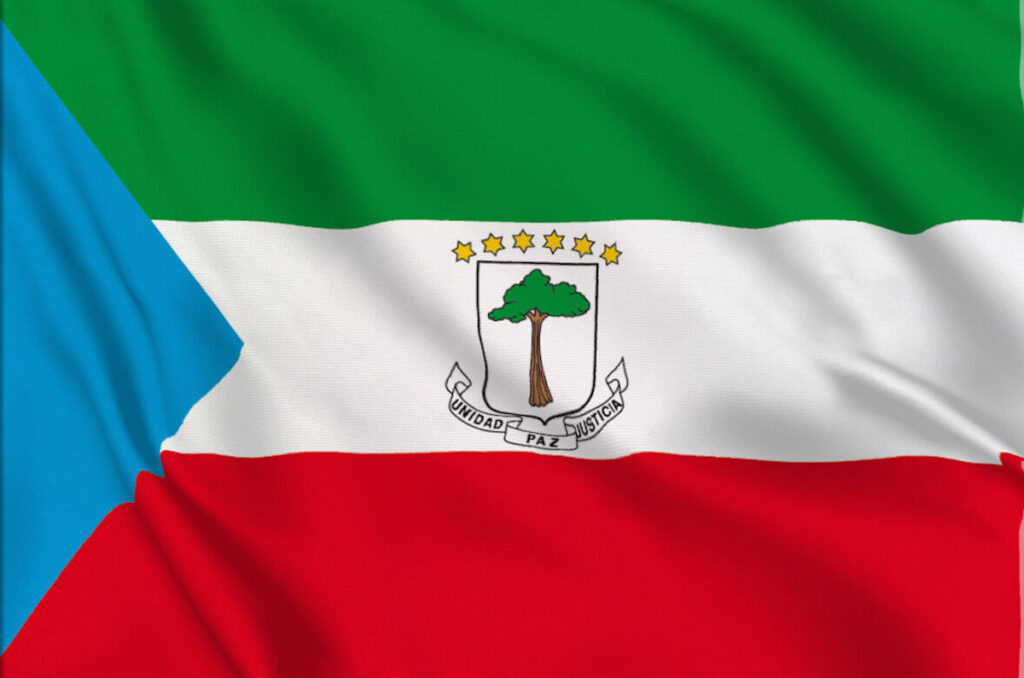
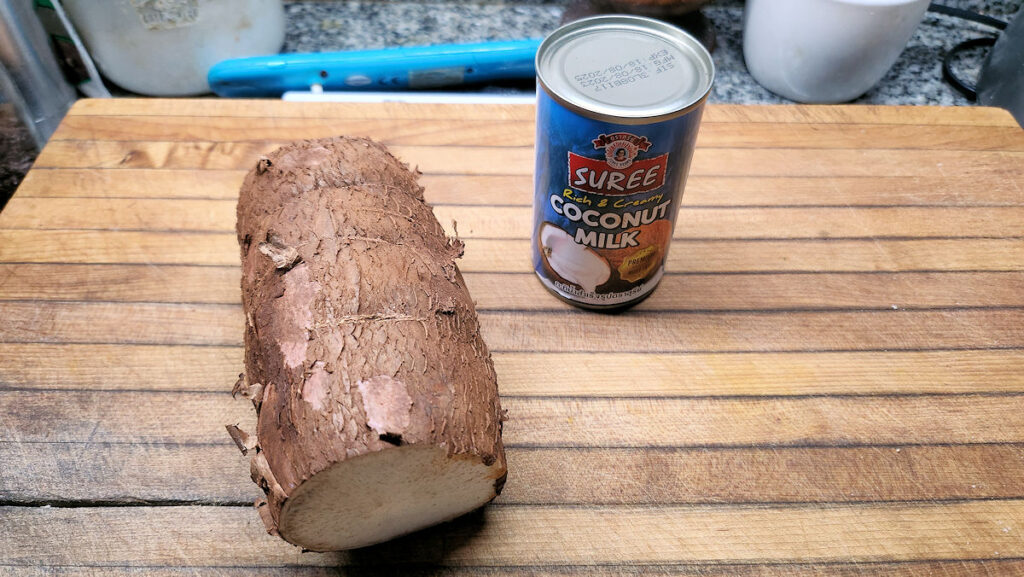
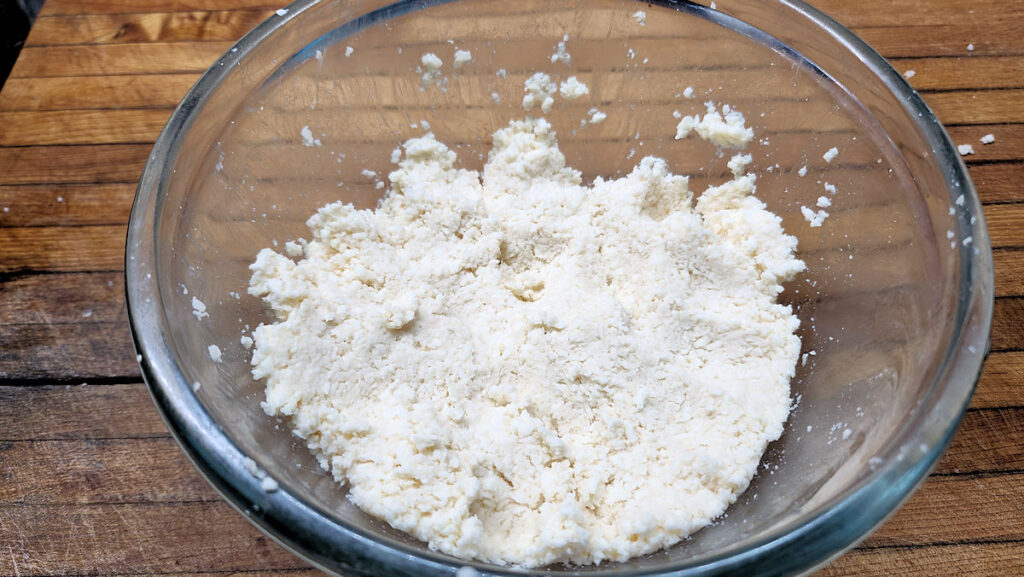
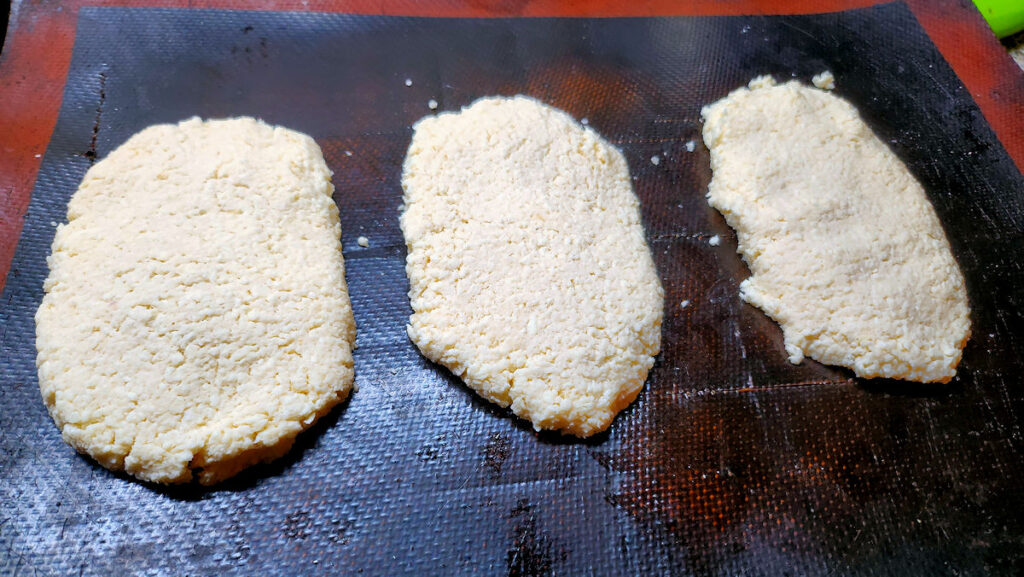
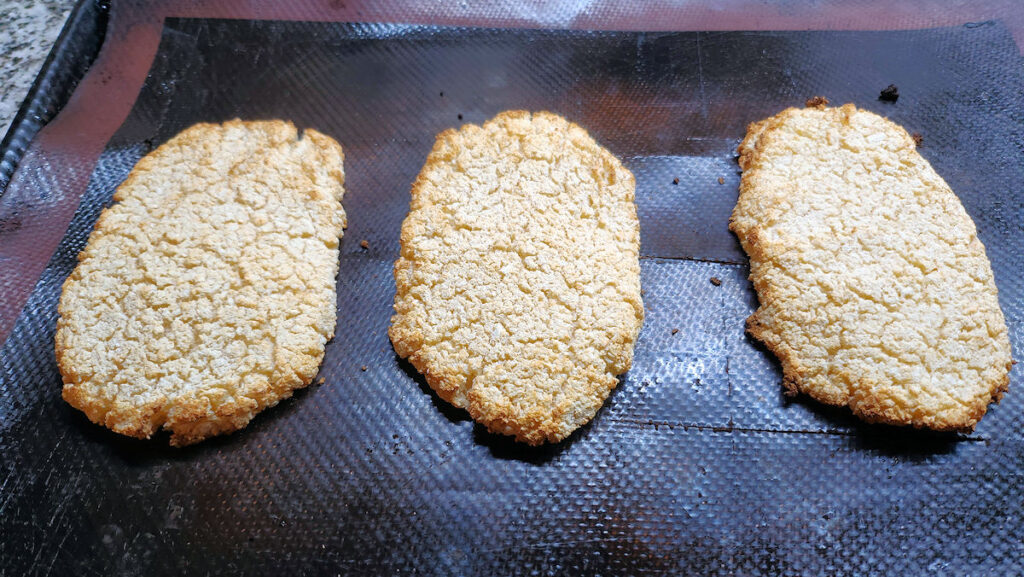
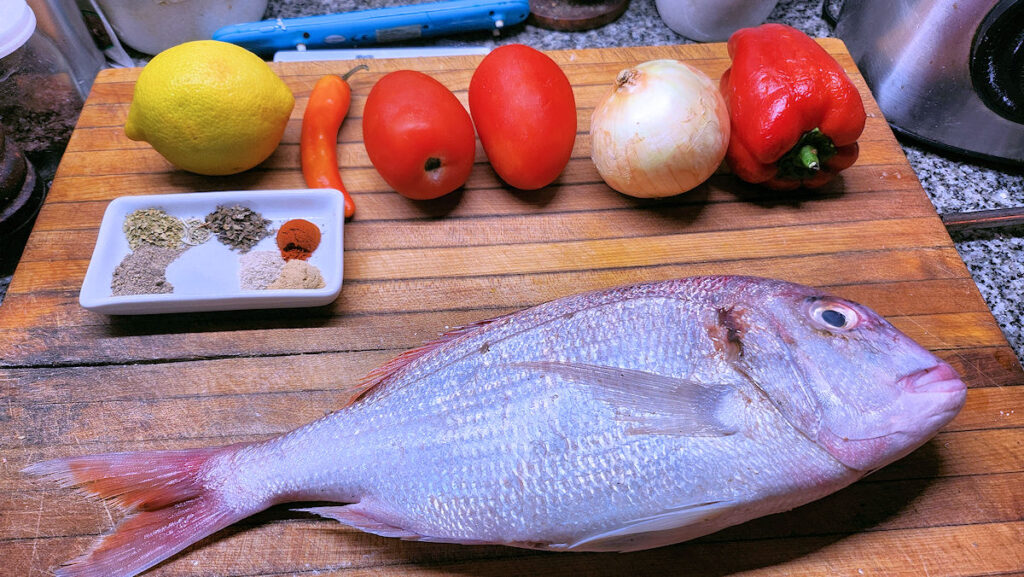
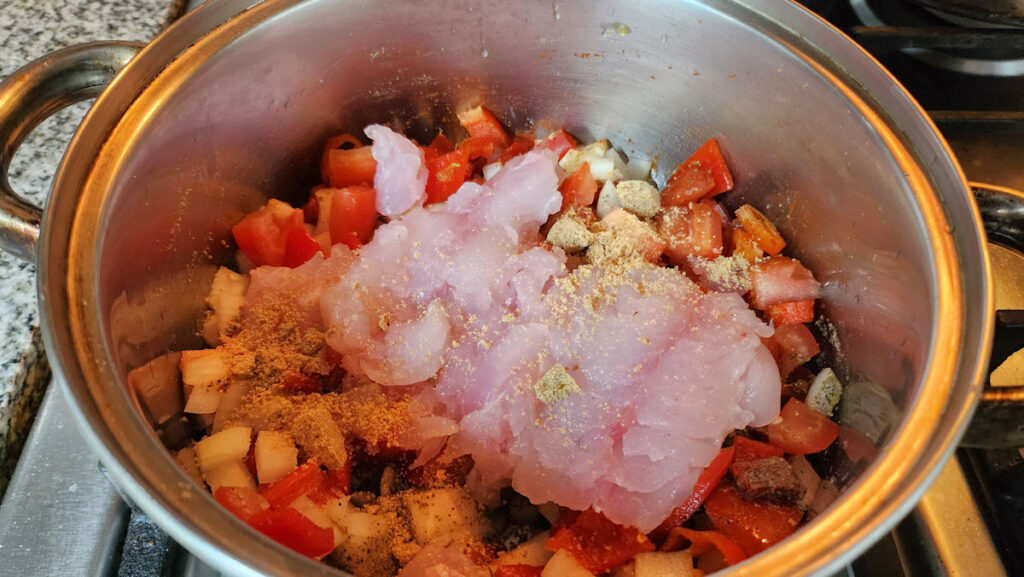
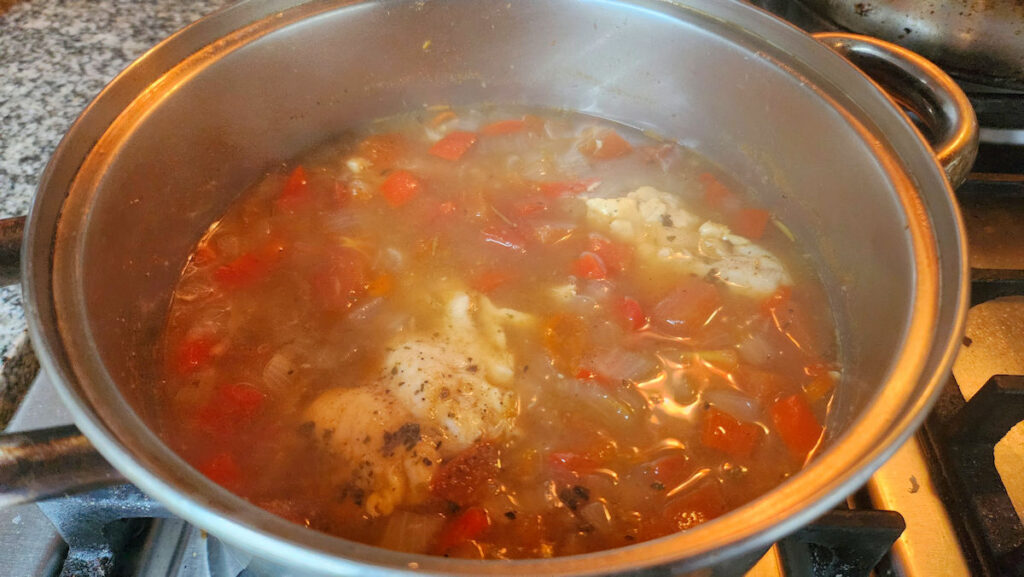
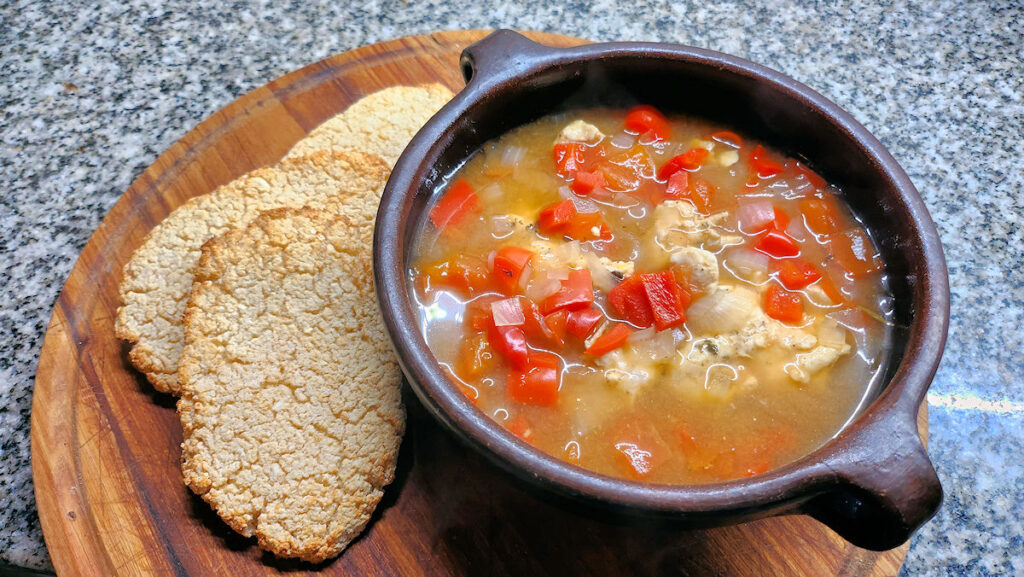
Your bread and soup posts are always fascinating.
Thanks!
Your bread and soup;project is always fascinating.
Thanks!
i love you dan
Well, thank you very much!
Hope you’ll subscribe over on the Substack feed where I’ll be posting from now on.